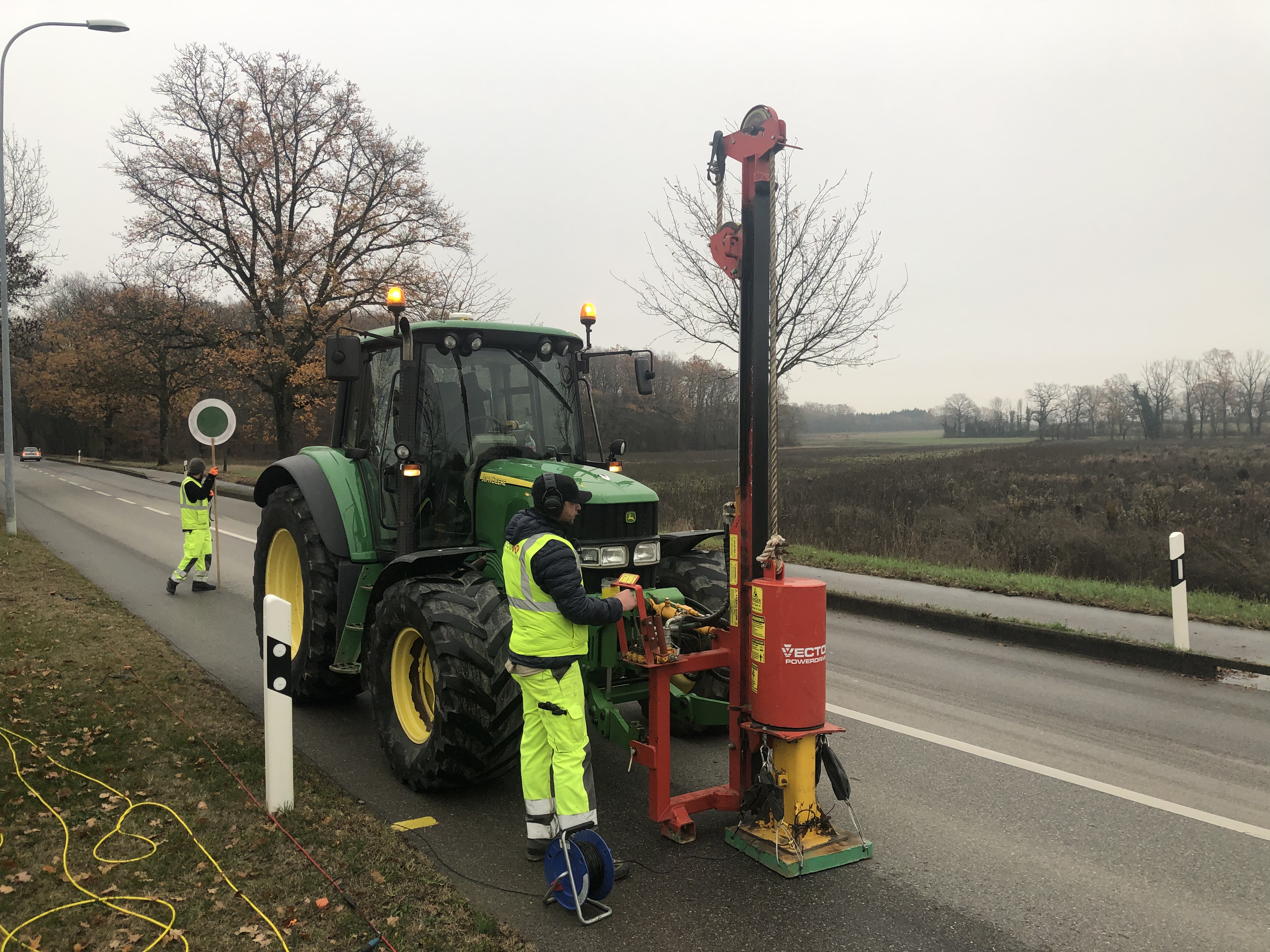At Geo2X, we thrive on new challenges. A brief chat is often the most effective way to explore how our services can benefit you. Don't hesitate to reach out!

Seismic refraction is the study of refracted wave propagation velocities in the subsurface. Analysis is based on the precise determination of wave travel times between an energy source and vibration sensors called geophones. The seismic refraction results enable us to define the lithologies present, their geometry and the variations in velocity within these units..
An a priori estimate of the depth of the lens is used to define the size of the device and the acquisition geometry. The choice of source must be optimized according to the depth of investigation, the ambient noise level and the ease of access to the terrain. Most seismic refraction surveys can be acquired using the seismic gun or sledgehammer, but more powerful sources can also be mobilized.
The use of low-frequency geophones for seismic refraction acquisition enables the same data to be processed in MASW (surface wave analysis). VP and VS profiles can be obtained, enabling the calculation of standard geotechnical parameters such as shear, Young's and compressibility moduli.